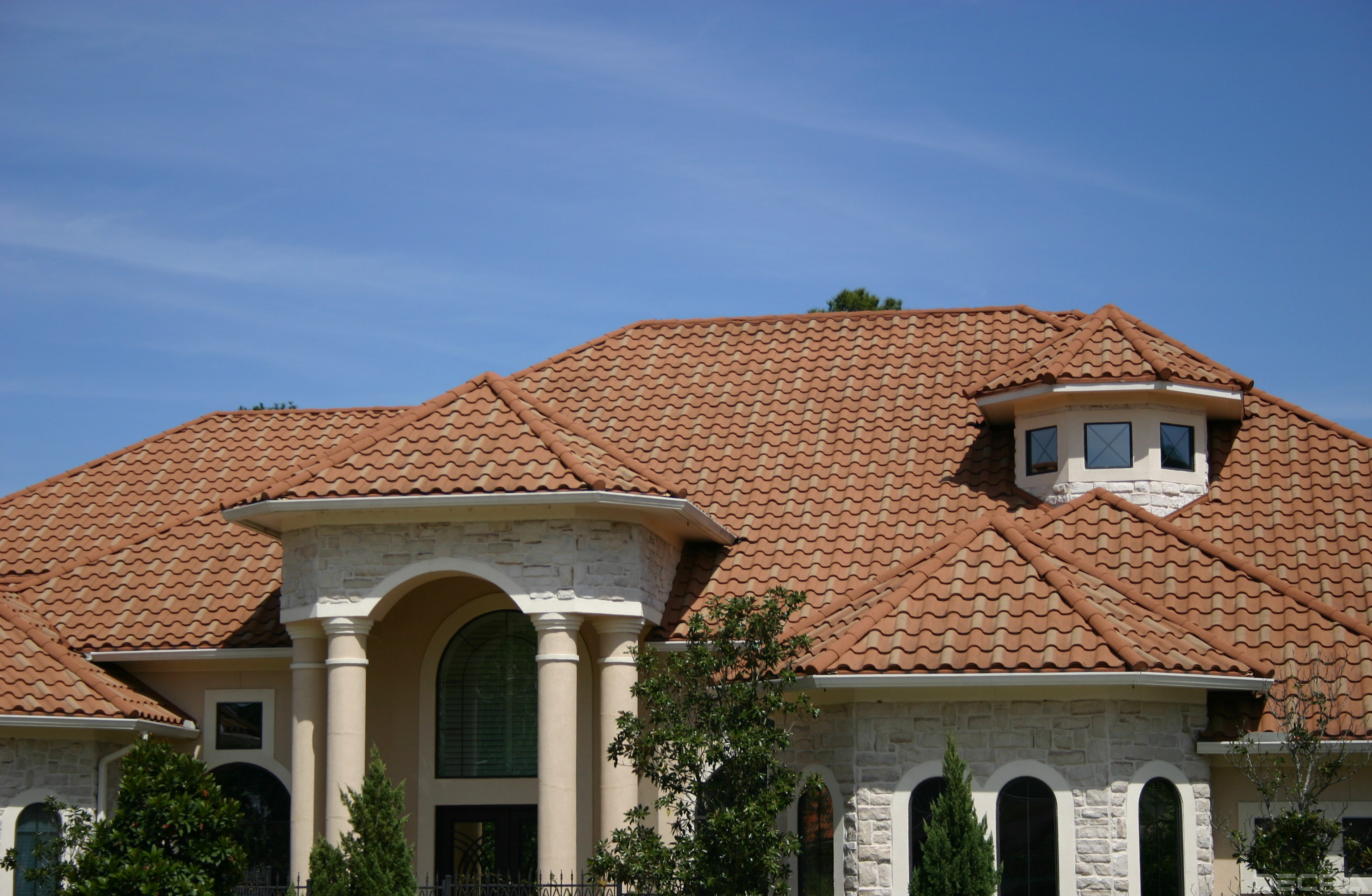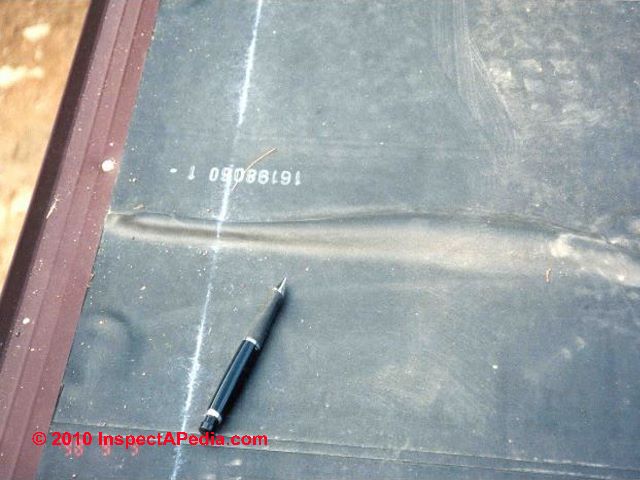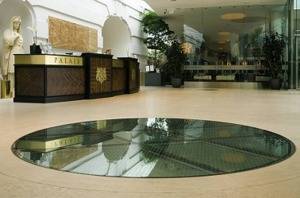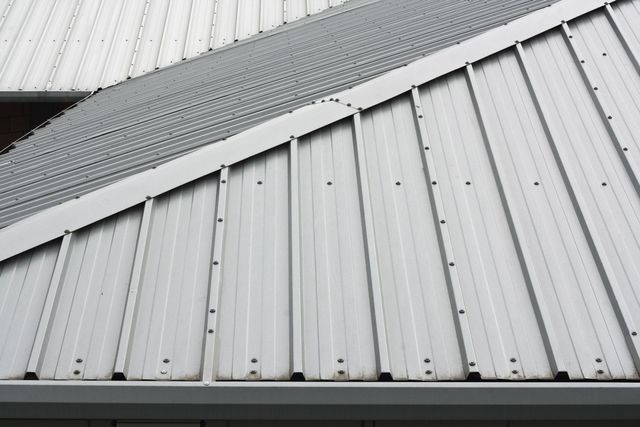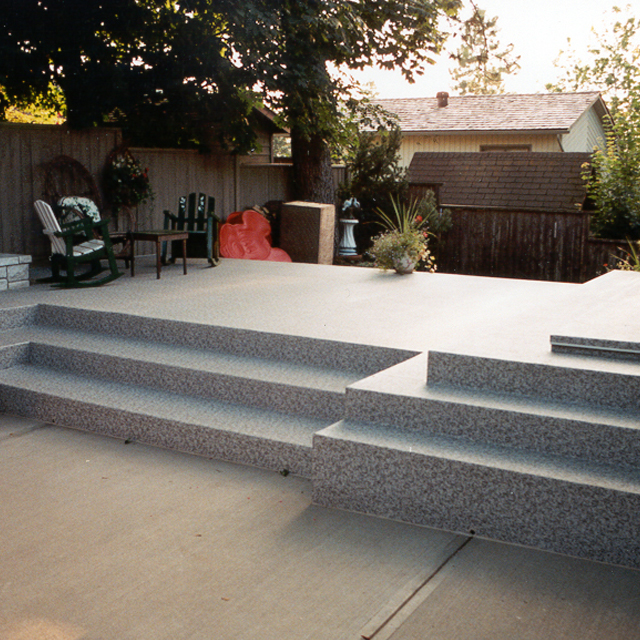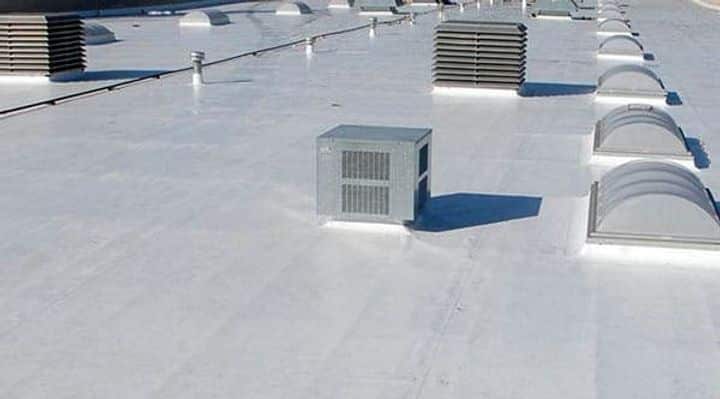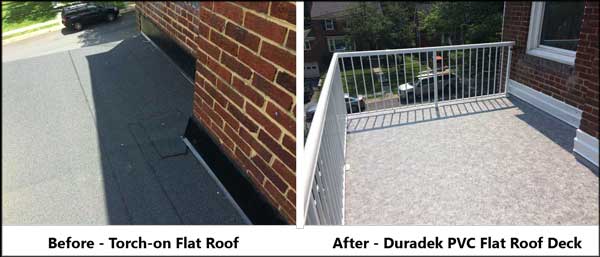Obviously since wildfires and the fire season has become increasingly worse it is important to note the roofing materials that are the lowest rated.
Fire resistant roofing walkable.
1 flame penetration through the roof covering into the attic space 2 flame spread over the surface of the roof covering and 3 the propensity for the roof covering to become dislodged and generate embers.
Fire ratings may pertain to resistance to fire from above the roof system the familiar class a b or c ratings or fire exposure from the building interior the underside of the roof deck.
Metal roofing can be made from copper zinc and steel as well as various alloys and comes in a variety of finishes colors and designs.
A standard fire test is used to determine the fire rating of a roof covering.
Wood shake plywood or particle board roof are the most common roofing types listed as class c.
Class a roofing materials are the most fire resistant.
A truly walkable roof panel our product has high impact resistance and is capable of safely supporting normal foot traffic and the weight of maintenance workers.
A fire resistant or fireproof roof gives the entire structure a better chance to survive a fire.
Metal roofing is non combustible and offers class a protection in combination with a fire resistant underlayment.
After all one major concern about building a deck is the potential for fire especially if the area of installation will be near an outdoor grill or fire ring or in a town where the risk of wildfire is.
Roofing systems must meet or exceed building codes and insurance requirements.
Metal roofing is available in the form of copper zinc stainless steel steel and other alloys.
In many states especially in california having a class a fire rated non combustible decking is a must.
Ul fire rated includes a flame spread classification of 25.
Corrosion resistant produced with a high quality isophthalic halogenated polyester resin.
This test evaluates the following performance criteria.
Many noncombustible roofing materials receive a stand alone class a rating by meeting the noncombustible definition as provided in the building code.
Class c fire resistant roofing material.
Shingles are categorized into classes that identify their fire resistance.
The more you know about fire resistant roofing materials the better your building will be.
Dry climates are particularly at risk for fires but even areas with heavy rainfall can get the occasional damaging fire.
Therefore they do not need to be tested to the astm e 108 standard and given a fire resistant rating e g a class a class b or class c fire resistant rating.
A fire is a destructive force that can often not be avoided but with the right roofing materials you can protect your building.
